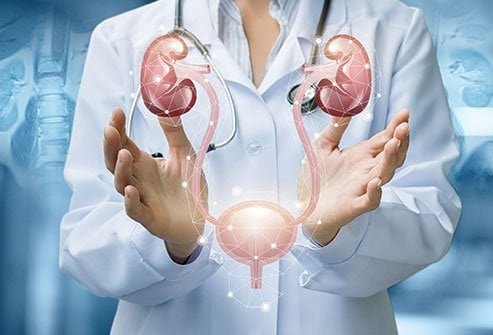Prostate surgery is a significant medical intervention often undertaken to address various prostate-related conditions, such as prostate cancer, benign prostatic hyperplasia (BPH), or chronic prostatitis. While the decision to undergo surgery can be daunting, understanding the available procedures, their implications, and the recovery process can alleviate anxieties and empower patients to make informed choices. In this article, we’ll delve into the different types of prostate surgeries, their indications, and what patients can expect during the recovery phase.
Types of Prostate Surgery
1.Radical Prostatectomy: Radical prostatectomy involves the complete removal of the prostate gland and surrounding tissues. It is primarily indicated for localized prostate cancer. Surgeons may perform this procedure through traditional open surgery or minimally invasive techniques such as laparoscopic or robotic-assisted surgery. Robotic-assisted radical prostatectomy, in particular, has gained popularity due to its potential for faster recovery and reduced post-operative complications.
2.Transurethral Resection of the Prostate (TURP): TURP is a common surgical procedure used to treat benign prostatic hyperplasia (BPH), a non-cancerous enlargement of the prostate gland that can obstruct urine flow. During TURP, a surgeon removes excess prostate tissue that is causing urinary symptoms by passing a special instrument through the urethra. This procedure is minimally invasive and often leads to significant improvements in urinary function.
3.Transurethral Incision of the Prostate (TUIP): Similar to TURP, TUIP is performed to relieve symptoms of BPH. However, instead of removing tissue, the surgeon makes small incisions in the prostate gland and bladder neck to widen the urethra and improve urine flow. TUIP is typically recommended for patients with smaller prostate glands or those seeking a less invasive alternative to TURP.
Recovery and Rehabilitation
Recovery from prostate surgery varies depending on the type of procedure performed, as well as individual factors such as overall health and age. However, there are some general guidelines that patients can expect during the post-operative period.
1.Hospital Stay: Following radical prostatectomy, patients may need to stay in the hospital for a few days to monitor for complications such as bleeding or infection. Minimally invasive procedures like TURP or TUIP often allow for shorter hospital stays, with some patients being discharged on the same day as surgery.
2.Pain Management: Pain and discomfort are common after prostate surgery, but medications prescribed by the healthcare team can help manage these symptoms effectively. Patients should follow their doctor’s instructions regarding pain relief and report any unusual or severe pain promptly.
3.Catheter Care: After radical prostatectomy, a urinary catheter is usually placed to drain urine from the bladder while the surgical site heals. Patients will receive instructions on how to care for the catheter and prevent complications such as infection or blockage. The catheter is typically removed within a week to ten days post-surgery.
4.Rehabilitation: Regaining urinary control (continence) and erectile function (potency) are important aspects of recovery for many patients undergoing prostate surgery. Pelvic floor exercises, bladder training, and other therapies may be recommended to facilitate these processes. It’s essential for patients to communicate openly with their healthcare providers about any concerns or difficulties they experience during rehabilitation
Conclusion
Prostate surgery is a significant medical intervention that can improve quality of life and, in many cases, extend survival for individuals with prostate-related conditions. By understanding the different types of procedures available, their indications, and what to expect during the recovery process, patients can approach surgery with confidence and actively participate in their care. Additionally, ongoing communication with healthcare providers and adherence to post-operative instructions are crucial for achieving optimal outcomes and maintaining long-term health and well-being.





Comments